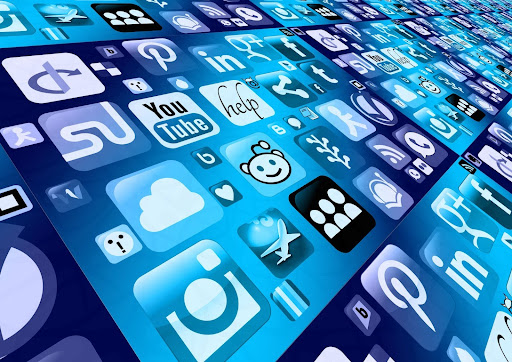People spend more than four hours a day on their phones, and 80% of that time is inside apps. With over 5 billion smartphones in use, apps are now the front line of global business, and the latest trends show where we’re heading.
Daily App Usage Hits 4.9 Hours Worldwide
It’s not just Netflix or YouTube anymore; in countries such as Indonesia, Brazil, or Singapore, average screen time has pushed beyond five hours a day, turning the phone into the easiest solution for workplace communication, shopping, and financial transactions.
And with so much of daily life concentrated online, even the smallest lag can have serious consequences – if a payment hangs too long or a checkout screen crashes, people don’t wait around, they just move on to something that works better.
That same demand for speed and reliability is most obvious in gaming, where the best casino app has become the reference point by delivering instant payouts, fast-loading games, and smooth performance even during peak traffic. Once people get used to that kind of performance, they start expecting it everywhere else, whether they’re playing poker, watching a live match, or ordering something online.
Life at Zero Lag: The 5G Effect
For a long time, 5G sounded more like a buzzword than something people could actually notice, but in the background, it has become the reason apps feel instant. By the end of last year, more than two billion people were already connected, and the number is on track to more than double before the decade closes.
The difference isn’t just faster downloads, but the immediate response between tap and action, from streaming in a café to loading maps in a crowded city street. That reliability is what makes cloud gaming run smoothly, lets augmented reality guides line up properly with the real world, and even gives doctors the confidence to perform remote procedures without fearing a frozen feed.
What makes it all possible is ultra-reliable low latency that processes data the moment it’s sent, with capacity for nearly a million devices, compared to thousands on 4G. It’s the same system that allows IoT apps to scale, whether that means cars exchanging signals with traffic systems or logistics hubs tracking thousands of sensors, all without breaking stride.
Apps Are Starting to Think and Build
AI and immersive tech are coming together the same way the internet did in the ’90s – slow, confusing, and yet already showing signs that something far bigger is on the horizon. We’re at that point again, only now the apps we use every day are the testing ground.
The mobile AR market was worth almost $12 billion in 2024 and is forecast to climb past $21 billion by 2028, with more than 1.7 billion devices capable of running AR experiences. AI, meanwhile, has moved beyond being an add-on into the main engine, handling everything from recommendations to fraud checks, and now with global spending way above $150 billion.
The real change comes when they intersect – generative AI is used to create “worlds” inside virtual reality, adapting to your behavior and preferences, while healthcare apps can guide exercises in your living room, track posture, and share results with your doctor. These aren’t future promises – they’re live today, and can adapt to each person instead of forcing everyone into the same template.
When Everything Connects Through Apps
At the center is the Internet of Things – by the end of 2025, more than 19 billion devices will rely on apps to process events in real time. What looks like a smartwatch tracking your sleep or a sensor on a factory floor is actually part of a huge network where apps serve as the command layer that keeps the entire system in motion.
The scale only works because of 5G – one cell tower today can handle nearly a million connections at the same time, compared to just a few thousand on 4G. That capacity is what lets logistics operators track entire fleets through a single dashboard, and hospitals can rely on monitors and equipment staying connected without interruption.
What feels invisible at that level filters down into daily life. A phone opening a car door or adjusting the heat from another country looks effortless on the surface, but that same network is also changing how industries run. Farms are able to project yields before seeds go into the ground, and factories keep themselves on schedule by flagging repairs automatically.
Step by step, the digital layer merges with the physical and becomes part of it. But as more devices hook into the same networks, the room for attacks grows with them – and that’s why security has turned into the next big test for developers.
Mobile Apps Face Record 83% Surge in Cyberattacks
Attacks on mobile software are no longer occasional – security firms tracking 2025 activity report that more than four out of five apps have been targeted this year. In practice, 62% of teams that believed their products were secure still experienced breaches, often more than once.
Each incident costs companies millions once you factor in investigations, compliance penalties, and the collapse of user trust.
The answer isn’t more patches after release, but a stronger design from the start. Apps are moving to runtime protection that watches their own code as it runs, blocking tampering attempts. They are also adopting TLS 1.3 to eliminate legacy flaws, alongside behavioral biometrics that verify identity invisibly.
Hospitals are shifting to blockchain-based storage for patient files, while finance platforms now combine device signals, location, and typing rhythm to stop fraud before it starts. Even entertainment apps have adopted multi-factor logins because stolen accounts flip for cash in hours. Security is no longer a feature – it is the operating layer. Without it, apps do not survive.
